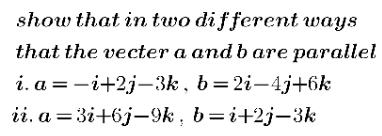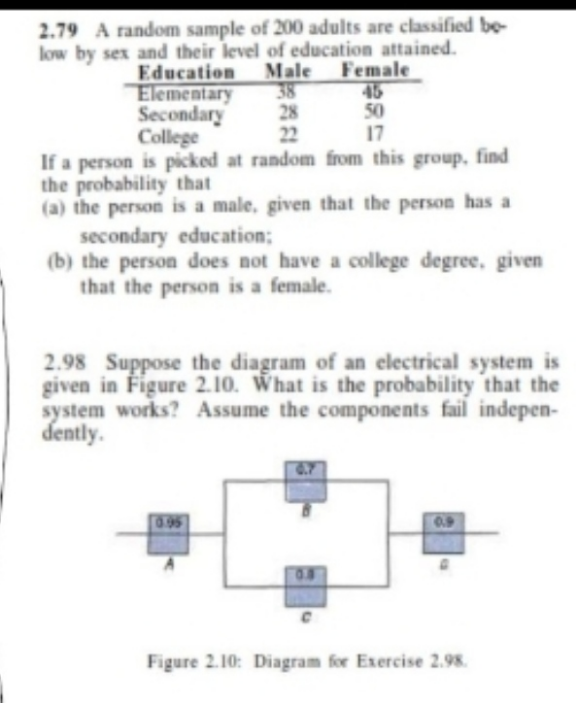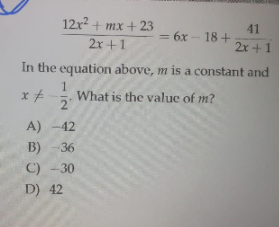
AllQuestion and Answers: Page 1005
Question Number 119575 Answers: 1 Comments: 0
Question Number 119572 Answers: 0 Comments: 3

Question Number 119570 Answers: 3 Comments: 0
Question Number 119567 Answers: 1 Comments: 0
Question Number 119591 Answers: 0 Comments: 6
Question Number 119565 Answers: 2 Comments: 1

Question Number 119564 Answers: 0 Comments: 0
Question Number 119548 Answers: 1 Comments: 2

Question Number 119540 Answers: 1 Comments: 0

Question Number 119538 Answers: 1 Comments: 1

Question Number 119529 Answers: 3 Comments: 7

Question Number 119524 Answers: 1 Comments: 0

Question Number 119517 Answers: 2 Comments: 0
Question Number 119527 Answers: 2 Comments: 2

Question Number 119510 Answers: 0 Comments: 0
Question Number 119506 Answers: 1 Comments: 0
Question Number 119503 Answers: 2 Comments: 0
$${solve}\:\lfloor\:\sqrt{{x}}\:\rfloor\:=\:\lfloor\:\sqrt[{\mathrm{3}\:}]{{x}}\:\rfloor\: \\ $$
Question Number 119495 Answers: 0 Comments: 0

Question Number 119494 Answers: 3 Comments: 0
Question Number 119490 Answers: 0 Comments: 0
Question Number 119487 Answers: 2 Comments: 0
Question Number 119483 Answers: 1 Comments: 0
Question Number 119482 Answers: 1 Comments: 0
Question Number 119479 Answers: 3 Comments: 0
Question Number 119474 Answers: 0 Comments: 0
Question Number 119473 Answers: 4 Comments: 1

Pg 1000 Pg 1001 Pg 1002 Pg 1003 Pg 1004 Pg 1005 Pg 1006 Pg 1007 Pg 1008 Pg 1009
